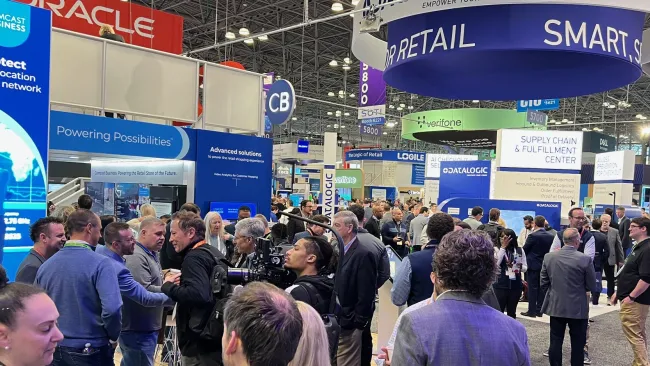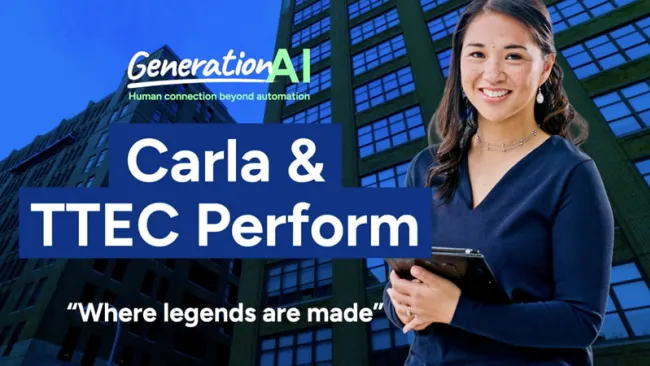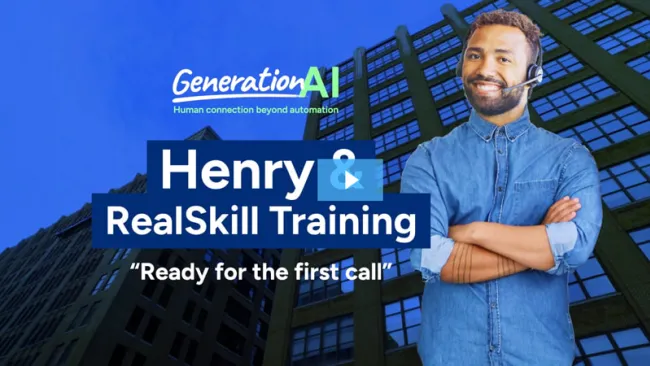Unified training curriculum exceeds targets
TTEC helped a cooking equipment manufacturer transform its disparate new hire training and processes into a cohesive training curriculum, increasing efficiency and effectiveness
Unified training curriculum exceeds targets
TTEC helped a cooking equipment manufacturer transform its disparate new hire training and processes into a cohesive training curriculum, increasing efficiency and effectiveness
exceeded target
Handle Time reduction
The challenge
A major commercial cooking and foodservice equipment manufacturer prided itself on its excellent products. Over the years, the company had expanded its lines of business, including hiring additional subject matter experts (SMEs) to provide product support from installation to aftersales and troubleshooting.
Each line of business had its own process for training newly hired SMEs. None of the lines of business were consistent or aligned with each other, which resulted in an inconsistent customer experience. In addition, employees did not have a formal documentation system for policies, processes, and procedures. Instead, they used multiple systems to find and provide information. For example, to find parts, warranty information, and basic troubleshooting information, the support team relied on more than a dozen non-integrated systems to find each type of information.
This reduced efficiency and increased average handle times. The manufacturer needed to bring its different lines of businesses together through standardized customer support training, integrated data systems, and easy-to-use tools.
Our solution
The client engaged TTEC to provide strategic solutions for improving its customer support training across 12 lines of businesses, focusing on training strategy, approach, and methodology. After collaborating with the client’s key stakeholders to identify and map out their vision for a new training curriculum and better tools, we set to work.
We worked hand-in-hand with the client on developing and implementing the following solutions:
- A learning curriculum that catered to a specific and universal learning path. For example, we designed a training journey tailored for hot, cold, and beverage brands as well as a universal curriculum for generic areas such as warranty, follow-up, and complaints while identifying applicable brand nuances.
- Simplified complex information-gathering processes, such as locating equipment and serial numbers, interpreting equipment model numbers, and resolving common technical and operational issues.
- Embedded daily or regular RealPlay activities that focused on top call demands. TTEC’s award-winning RealPlay activities simulate real-world customer scenarios in a digital environment so trainees can practice applying their knowledge in an actual call setting and getting real-time feedback and coaching.
- A learning Academy to house all training modules that were carefully categorized in a learning path. Learners were enrolled only in courses that they were assigned to accomplish depending on their scope of work.
- We introduced gamification to the training to provide a sense of healthy competition and excitement among learners. Depending on the type of training, learners also received a badge or certification upon training completion. This added value to the learning experience and identified the learner's skillset accurately.
- A knowledge base within Salesforce that served as the single source of truth for everyone within the customer service team. Aside from the actual training materials, TTEC also created knowledge articles embedded within the training materials as part of the "best practice" initiative to ensure that learners knew how and where to find updated information.
- Soft skill modules that enhanced associates’ ability to build a rapport with customers, as well as increased probing, listening, and overall communication skills.
- A maintenance process was introduced that streamlined requests to create or update training materials or knowledge articles. In addition, it established a review and approval cycle to ensure updates were vetted only by authorized personnel. The maintenance process also allowed the capture of tribal knowledge and promoted collaboration between SMEs and content managers
The results
Through the training solutions that were introduced, the results from new hire training deployments were highly encouraging. Associates hit their Quality and Average Handling Time (AHT) targets, even with call flow and scope changes and the introduction of new processes.
Over a 3-month period, Quality scores consistently exceeded the 80% target, reaching a high of 90%. The AHT target was less than or equal to 300 seconds, where lower is better. Over a 3-month period, AHT decreased an average 26 seconds—a significant improvement.
Utilizing our expertise in knowledge management as well as learning and performance, we helped the client align a dozen different lines of businesses within a new training curriculum with universal standards that drove consistency and a better customer experience. We also launched user-friendly learning programs, a centralized knowledge base, and introduced a maintenance process that enabled continuous learning and improvement.












